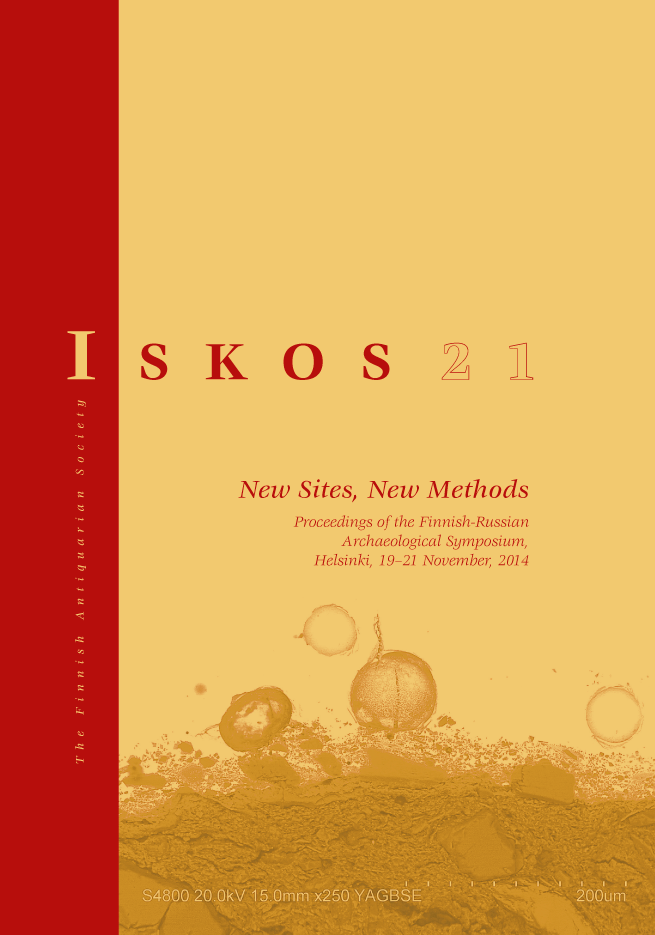Kola Oleneostrovskiy Grave Field: A Unique Burial Site in the European Arctic
Abstract
The Kola Oleneostrovskiy grave field (KOG) is the main source of information for the physical and cultural anthropology of the Early Metal Period population of the Kola Peninsula and the whole northern Fennoscandia.1 Excavations were conducted here in 1925, 1928, 1947–1948, and 2001–2004 by A. Shmidt, N. Gurina, and V. Shumkin. Altogether 32 burials containing the remains of 43 individuals were investigated. During the excavations, also remains of wooden grave constructions were found.
The site is exceptionally rich in burial goods, including numerous bone, antler, stone, ceramic, and bronze items. Grave goods differ slightly between male and female burials. There is some evidence of long-distance contacts between the local population and southern and western Scandinavia, most notably in the chemical composition of bronze items and in some types of bone tools. Anthropological data, including the analysis of paleoDNA, suggests that people from geographically more eastern areas took part in the genesis of the ancient population of the northern Kola Peninsula. These people belonged to a specific physical type associated with modern Siberian anthropological groups.




